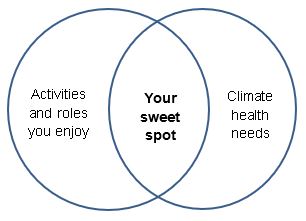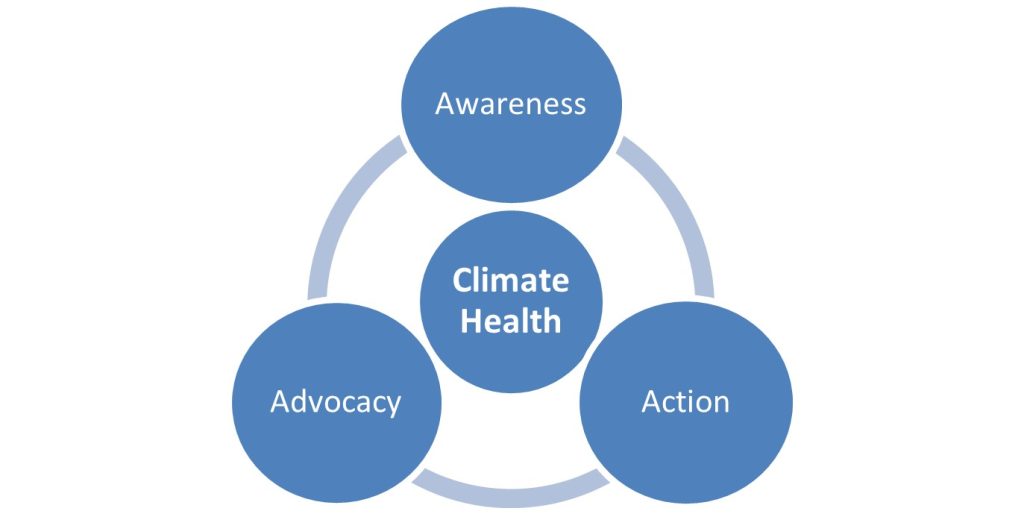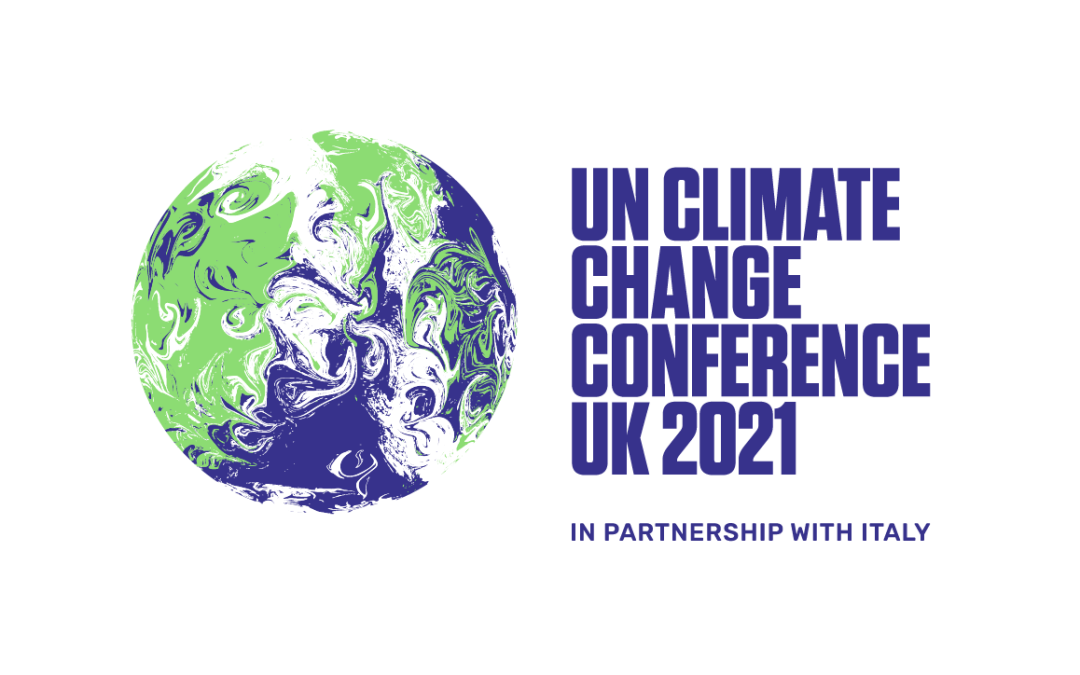COP26 was doomed to limited success. The incessant push of dire warnings fed the fearful parts of our human brains and sapped our best thinking. The well-intentioned participants predictably succumbed to fight, flight, freeze, and finger pointing. As a result, they agreed upon much less than what’s needed.
If dire warnings and mandates don’t work, what can? The answer lies in the science of human thinking and behavior. We know that when people are in a joyful frame of mind the creative parts of their brains activate and new possibilities and opportunities to work together arise. In short, rather than a “push” model of action, we need a “pull” or “attraction” approach.
In my work helping people solve tough issues together, I’ve learned that diverse interests can get to the same desirable outcome. What they need are ways to get there themselves without cajoling, conniving, or coercion. Here’s an outline of the attraction approach described in my forthcoming book “Climate Health Today – how to enjoy taking action.”
How to attract people to what’s needed for climate health
People need to find where what’s joyful for them matches what’s needed for climate health. That’s what will sustain them through the many obstacles that chronic problems like climate change pose. Frederick Buechner put it well, “The place God calls you to is the place where your deep gladness and the world’s deep hunger meet.”

Not surprisingly, what’s engaging for one person is not necessarily engaging for another person. We have different styles, different approaches. For example, Jean enjoys learning something new and sharing it with others. That’s what she’s had fun doing all her life. Brian likes being with other people and getting things done. Jim gets a charge from taking a stand, protesting, and insisting upon change. No one activity is going to attract all three of them. But there is a role for each of them in one or more of what I call the “triple A” of climate health.
AAA of Climate Health
Awareness: learning and sharing information about carbon footprints and solutions
Actions: steps you can take at home, work, and in your community
Advocacy: policies you can support for climate health
Jean provides practical, science-based information on carbon sequestration of regenerative agriculture through Nerds for the Earth. Brian leads tree planting with a local Rotary club and youth groups to reduce greenhouse gases and boost stewardship. Jim organizes people to boycott big banks that finance fossil fuels. Each has found a calling that’s joyful to them and makes a difference. Importantly, they have multiplied their impact by attracting and working with others who find their opportunities fun and rewarding.
Now, think about what’s fun for you. Where is your joy? What kinds of things give you joy? Where do you want to contribute? What’s your “sweet spot” for climate health?
Will this really make a difference?
Yes, it will. Some people say that this attraction model for climate health sounds utterly naïve. They believe that the enormity of climate change and its myriad of threats to our planet require the imposition of Draconian measures. I don’t agree. Not because I don’t understand the problems. Rather because the push model isn’t delivering sufficient results and doesn’t fit with human nature.
As we observe legislative bodies in the U.S. and around the world grapple with climate change, it’s clear that they don’t have enough support from constituents to take bolder action. So, rather than lambasting leaders who don’t act aggressively enough, we need to attract more of their constituents.
In fact, the AAA framework for climate health can get us there. Research shows that people who encourage and model individual changes to reduce carbon emissions gain more support for policy changes. Through behavior, people become engaged. Through engagement, they become advocates. Thus, there is a path for us to act that leads to the larger systemic changes we need.

As the adage asks, “If not now, when? If not you, who?” Let’s boost the attractiveness of climate health to the people needed to support results. Let’s celebrate the progress of people doing what brings them joy and yields results. When we do, the magnetism of positive change will strengthen. Leaders will join the parade, and we’ll all benefit.
